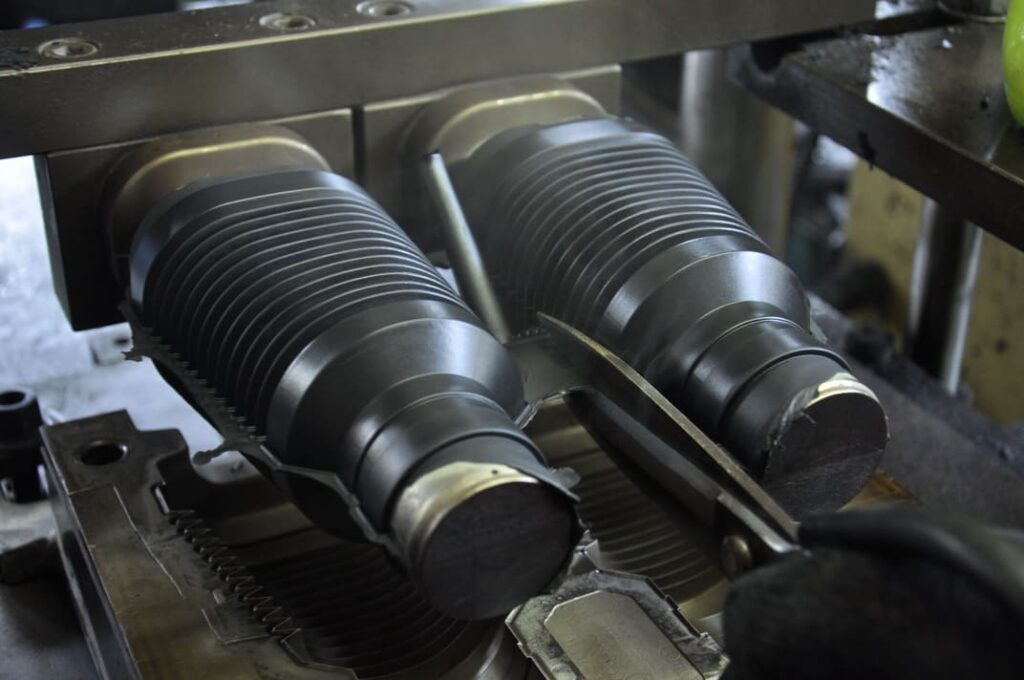EPDM (Ethylene Propylene Diene Monomer) is a type of synthetic rubber widely used for its excellent resistance to heat, ozone, and weathering. Its formulation is critical for ensuring its performance in various industrial applications, such as automotive seals, roofing, electrical insulation, and more.
The formulation of EPDM compound involves mixing the base polymer with a variety of additives that enhance its physical, chemical, and mechanical properties. These compounds are carefully selected to achieve the desired balance of flexibility, durability, and resistance.

Understanding the formulation of EPDM compound is essential for industries that require high-performance rubber materials. In this article, we will discuss the key ingredients, the role of accelerators, fillers, and other additives, as well as how the mixing process impacts the final product.
Key Ingredients in EPDM Compound Formulation
EPDM compound formulation1 typically involves blending the base EPDM polymer with a range of additives. These ingredients play various roles in modifying the rubber's properties for specific applications.
1. EPDM Polymer (Base Rubber)
EPDM is a terpolymer made from ethylene, propylene, and a diene component. The diene component, which can be selected from ethylidene norbornene (ENB), dicyclopentadiene (DCPD), or 1,4-hexadiene, is crucial for enabling vulcanization. The ratio of ethylene to propylene in EPDM influences the rubber’s crystallinity and heat resistance.
- Ethylene content: Higher ethylene content increases the hardness and crystallinity of the rubber, making it stiffer.
- Propylene content: Higher propylene content improves flexibility and resistance to ozone and weathering.
- Diene content: The diene is a key component for cross-linking during the vulcanization process2 and enhances the rubber's resilience.
2. Fillers
Fillers are added to EPDM compounds to improve their physical properties, reduce costs, and adjust processing characteristics. Common fillers include:
- Carbon black3: Enhances the strength, durability, and wear resistance of the rubber. Carbon black also improves UV and ozone resistance.
- Silica: Offers better tensile strength, tear resistance, and reduced rolling resistance, particularly useful in automotive applications.
- Clay and talc: These are used in lower-cost formulations and help improve the rubber's handling and processing.
3. Plasticizers
Plasticizers are added to improve the workability of the compound and enhance its flexibility. They lower the viscosity of the rubber, making it easier to process. Common plasticizers in EPDM compounds include:
- Mineral oils: These oils reduce the viscosity and make the rubber more flexible.
- Process oils: Specially designed oils that optimize the processing characteristics of EPDM without compromising performance.
4. Vulcanizing Agent4s and Accelerators
Vulcanization is the process by which EPDM rubber is cross-linked to improve its strength and elasticity. Key ingredients include:
- Sulfur: The primary vulcanizing agent for cross-linking the polymer chains in EPDM. The sulfur content and vulcanization process determine the rubber's hardness and elasticity.
- Accelerators: Chemicals like MBTS (N, N'-dibenzyl-2-benzothiazole sulfonamide) or CBS (N-Cyclohexyl-2-benzothiazole sulfonamide) are used to speed up the vulcanization process and reduce curing times.
5. Antioxidants5 and Antiozonants
EPDM is highly resistant to environmental factors, but antioxidants and antiozonants are added to prevent degradation from heat, ozone, and oxygen exposure. Common additives include:
- Antioxidants: Compounds like phenylenediamine (PD) or paraffinic oils help protect the rubber from oxidative degradation.
- Antiozonants: Wax or oils that prevent the rubber from cracking or deteriorating due to prolonged exposure to ozone.
6. Stearic Acid and Zinc Oxide
Stearic acid is used as a dispersing agent, ensuring that all the components mix uniformly during the compounding process. Zinc oxide plays a crucial role in activating the vulcanization system, enhancing the effect of accelerators and stabilizing the curing process.
EPDM Compound Formulation – A Typical Recipe
Below is an example of a typical EPDM compound formulation:
| Ingredient | Role | Typical Weight Percentage |
|---|---|---|
| EPDM Polymer | Base rubber | 50-60% |
| Carbon Black | Filler, improves strength and wear | 30-40% |
| Silica | Filler, improves tensile strength | 5-15% |
| Plasticizer (Mineral Oil) | Reduces viscosity, enhances flexibility | 5-10% |
| Sulfur | Vulcanizing agent | 1-3% |
| Accelerator (CBS, MBTS) | Speeds up vulcanization | 1-2% |
| Zinc Oxide | Activator for vulcanization | 2-5% |
| Stearic Acid | Dispersing agent | 0.5-2% |
| Antioxidants/Antiozonants | Protects against oxidation and ozone | 0.5-2% |
This formulation can be adjusted depending on the intended application of the EPDM rubber, such as automotive parts, roofing materials, or electrical cables.
How is EPDM Compounded?
The EPDM compounding process typically involves mixing the ingredients in an internal mixer like a Banbury mixer or a two-roll mill. The rubber compound is processed at elevated temperatures to ensure that the components are thoroughly blended. Once the ingredients are mixed, the compound undergoes a vulcanization process, where heat and sulfur cross-link the polymer chains, resulting in the final rubber product.
Conclusion
The formulation of EPDM compound plays a pivotal role in determining the final properties of the rubber. By carefully selecting the right combination of fillers, accelerators, plasticizers, and other additives, manufacturers can produce EPDM compounds tailored for specific applications, offering superior performance in harsh environments. Understanding the chemistry behind EPDM formulation helps industries optimize rubber for durability, flexibility, and resistance to the elements.
Explore this link to gain insights into the specific ingredients and their roles in EPDM formulation, enhancing your understanding of rubber chemistry. ↩
Understanding the vulcanization process is crucial for grasping how EPDM rubber achieves its strength and elasticity, making this resource invaluable. ↩
Explore how carbon black enhances the strength and durability of EPDM rubber, making it essential for various applications. ↩
Learn about the importance of vulcanizing agents like sulfur in improving the strength and elasticity of rubber compounds. ↩
Discover how antioxidants prevent oxidative degradation, ensuring the longevity and performance of EPDM rubber in harsh conditions. ↩







